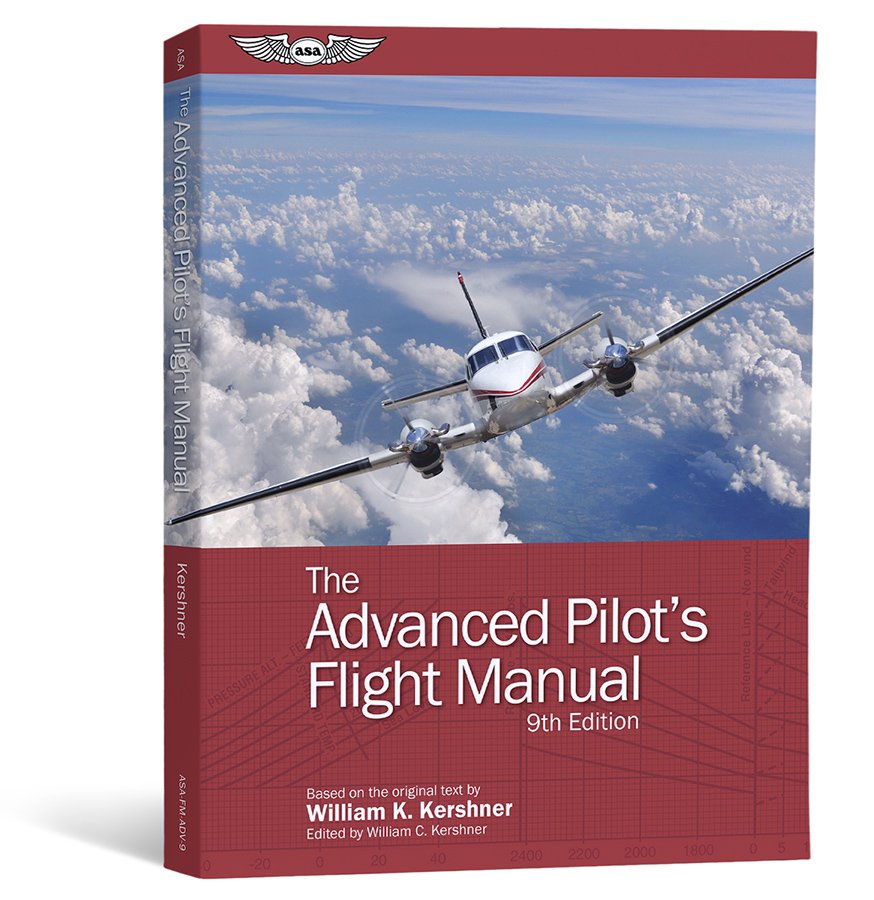The Advanced Pilot's Flight Manual, 9th Edition
This book has a bit more math than the other members of the Flight Manual Series, but it’s just the right amount for a pilot to get a better understanding of what keeps an airplane aloft (other than money).
The basics of aerodynamics are covered in the early part of the book, followed by chapters with in-depth discussion of the different phases of flight. A simple, but interesting, analysis is done (with some reasonable assumptions being made) showing that in a steady state climb lift is actually a little less than weight.
This manual is geared to the private or instrument pilot interested in checking out in airplanes more advanced than most primary trainers (there’s a whole section called, ….wait for it…., “Checking Out in Advanced Models and Types”) and also to those pilots interested in pursuing the Commercial certificate.
There are chapters with general tips on preparing for the Knowledge and the Practical tests, too.
On a broader note (touched on in this edition): These are interesting times in general aviation, what with the introduction of the Airman Certification Standards (ACS) to guide the practical test along with the total overhaul of 14 CFR Part 23 “Airworthiness Standards :Normal Category Airplanes”, which covers airplanes not over 19 passengers and 19,000 pounds. Gone are Utility and Aerobatic categories with an aerobatic airplane certified under this part being “normal category, certified for aerobatics”. The biggest change to Part 23, though, is how airplanes will be certified: not nearly as prescriptive (it must be constructed in thus-and-so manner), but based on performance (it must be safe; prove it). It’s a bit more complicated than that, but the goal is to encourage innovation, rather than being locked into certification requirements that might be a number of decades old.
Visit Kershner Flight Manuals on Facebook.
Enjoyable and safe flying!
Bill Kershner (William C. Kershner)
Sewanee, Tennessee

